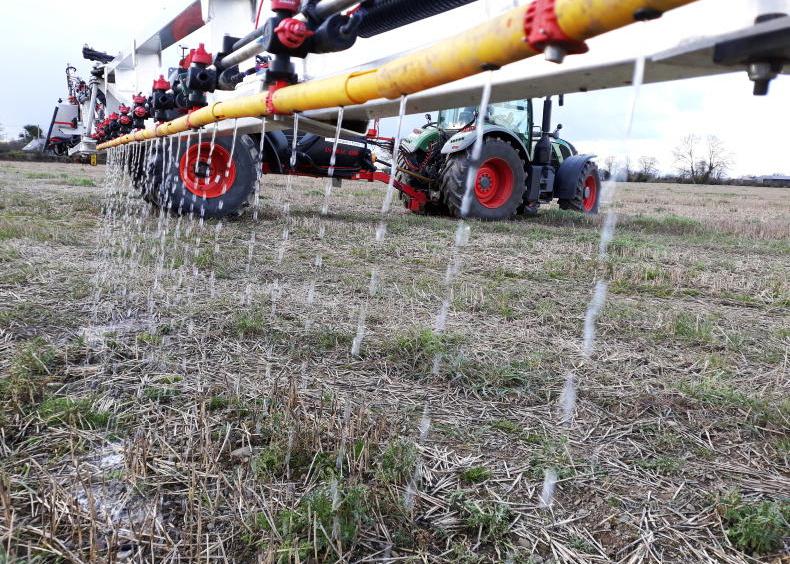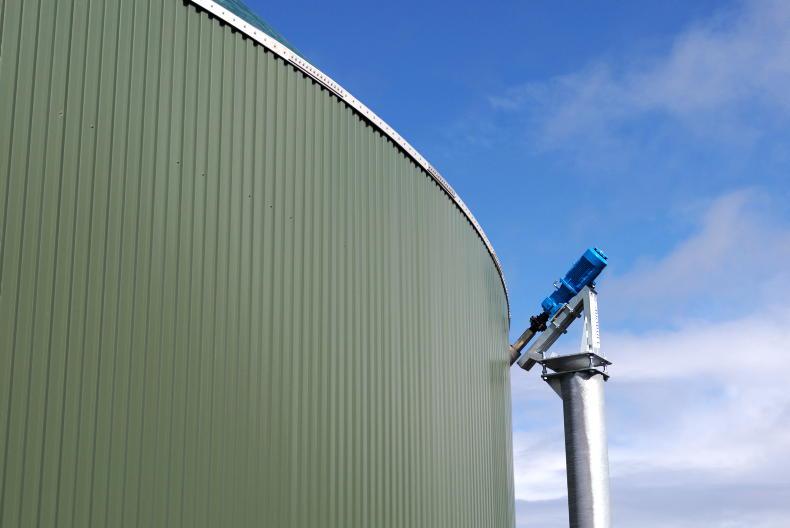In 2012, Ireland produced 58.5m tonnes of greenhouse gas emissons, well back on that of other EU countries. Germany and France combined produce over 1,500m tonnes, according to Eurostat’s latest report on agriculture, forestry and fishery statistics.
However, when it comes to percentage of greenhouse gas emissions as a direct result of agriculture, Ireland came top with 30.7%. The average for the EU 28 stands at 10.35% of all greenhouse gas emissions.
In contrast, the lowest contributor from agriculture was Malta, at 2.5% of their 3.1m tonnes.
These figures reflect the relative importance of the livestock industry to Ireland’s agricultural sector and general economy, as well as the relatively low level of greenhouse gas emissions in Ireland from other sectors (such as energy production or transport).
The Government and farming organisations have been putting this argument forward to argue specific consideration for Irish agriculture in climate negotiations. Many environmentalists, however, argue that no country or sector should get special treatment if progress in tackling climate change is to be achieved.
The graph above illustrates the challenges ahead for Irish agriculture as the European Union sets mandatory emissions reductions targets until 2030 this year.
IFA environment chairman Thomas Cooney has called on European Agriculture Commissioner Phil Hogan to intervene directly in the current EU discussions taking place on ammonia and greenhouse gas emission reduction targets and said: “It is essential that past mistakes are not repeated, and Ireland’s 2030 targets must be deliverable and have regard to the multifunctional roles of the agri-food sector, which include food, fuel and energy production, as well as environmental protection.”
Read more
Full coverage: agriculture and climate change
In 2012, Ireland produced 58.5m tonnes of greenhouse gas emissons, well back on that of other EU countries. Germany and France combined produce over 1,500m tonnes, according to Eurostat’s latest report on agriculture, forestry and fishery statistics.
However, when it comes to percentage of greenhouse gas emissions as a direct result of agriculture, Ireland came top with 30.7%. The average for the EU 28 stands at 10.35% of all greenhouse gas emissions.
In contrast, the lowest contributor from agriculture was Malta, at 2.5% of their 3.1m tonnes.
These figures reflect the relative importance of the livestock industry to Ireland’s agricultural sector and general economy, as well as the relatively low level of greenhouse gas emissions in Ireland from other sectors (such as energy production or transport).
The Government and farming organisations have been putting this argument forward to argue specific consideration for Irish agriculture in climate negotiations. Many environmentalists, however, argue that no country or sector should get special treatment if progress in tackling climate change is to be achieved.
The graph above illustrates the challenges ahead for Irish agriculture as the European Union sets mandatory emissions reductions targets until 2030 this year.
IFA environment chairman Thomas Cooney has called on European Agriculture Commissioner Phil Hogan to intervene directly in the current EU discussions taking place on ammonia and greenhouse gas emission reduction targets and said: “It is essential that past mistakes are not repeated, and Ireland’s 2030 targets must be deliverable and have regard to the multifunctional roles of the agri-food sector, which include food, fuel and energy production, as well as environmental protection.”
Read more
Full coverage: agriculture and climate change









SHARING OPTIONS